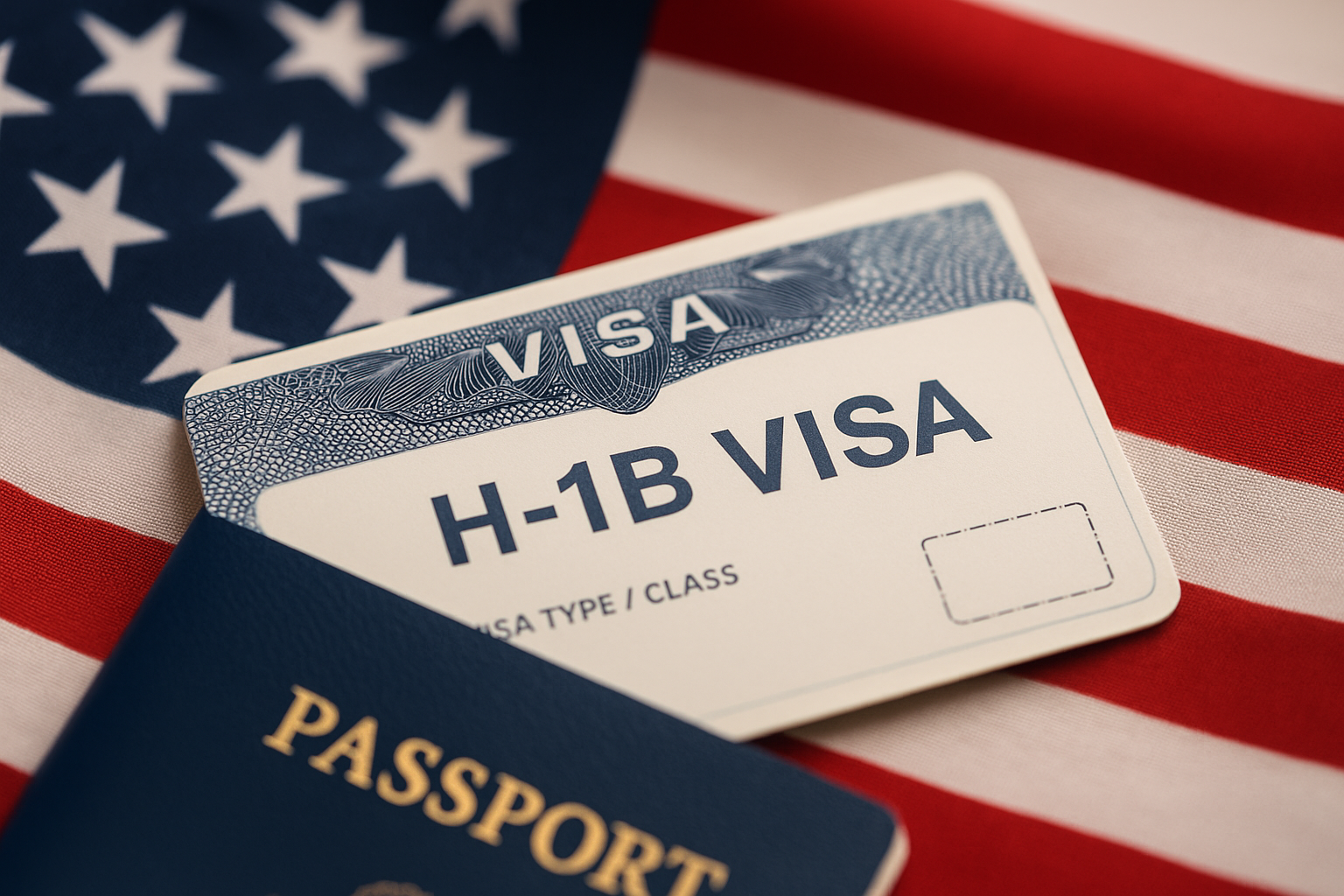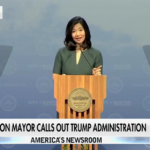A decree signed on Sept. 19, 2025, by ex-President Donald Trump is causing a stir in tech: a $100,000 yearly charge for H-1B visa applications. Starting Sept. 21, 2025, this is a big change to U.S. immigration. The H-1B visa, important for skilled foreign workers (especially in tech), now has a big financial problem. This piece looks at what this means for U.S. businesses, foreign workers, and the global workforce.
The Trump team says that companies have been misusing the H-1B visa to replace American workers with cheaper foreign labor, which lowers pay and pushes U.S. workers out. This $100,000 fee is supposed to fix this and give American workers priority. The team also announced gold card and platinum card residency plans for rich foreigners who can make big investments for U.S. residency.
Big tech companies like Microsoft, Amazon, Google, and Apple, which need the H-1B program for talent, now have a big cost to deal with. The fee, with the other application costs, might keep companies from hiring foreign workers, possibly causing a talent shortage in fields like AI, cybersecurity, and data science. Smaller companies and startups that don’t have a lot of money may find it harder to get top global talent.
For foreign workers, especially those from India and China, the new fee is a problem. The H-1B visa has helped many build careers in the U.S., which has helped the U.S. be a leader in new ideas. The high cost might make people rethink their plans, look for work in countries with better immigration, or even go back home, possibly causing a brain drain.
The U.S. has always attracted skilled workers. But this change could shift things. Countries like Canada, the UK, and Australia, which have easier ways for skilled immigrants to come, might see more people who would have worked in the U.S. This could hurt America’s ability to compete in new ideas and tech.
The $100,000 fee has caused arguments about whether it’s legal. Critics say that immigration rules are up to Congress, not just the president, and that changes like this should be looked at by lawmakers. Legal issues are expected, which could delay or even stop the fee.
The Indian tech community, both in the U.S. and in India, isn’t happy with the new rule. Nick Pyati, an Indian ex-Microsoft exec, called the fee a tariff on talent, saying it hurts the work of skilled people in the U.S. The rule is seen as unfair, possibly limiting chances for people based on how much money they have, not their skills.
Because of the new fee, companies and workers are checking out other visa options. The O-1 visa, for people with special skills, and the L-1 visa, for workers moving within a company, might be options, but they have their own issues. Also, countries with nicer immigration rules are becoming more attractive.What’s next for the H-1B visa program is not clear. A new government could change this rule. Advocacy groups and industry leaders are still pushing for changes that balance the needs of American workers with the need for global talent.
In short, the new $100,000 fee for H-1B visas is a big move that’s trying to change U.S. immigration and the job market. While it’s meant to protect American jobs, it could cause problems in keeping the country a global leader in new ideas. As things change, everyone should talk and find solutions that support the values of skill, variety, and opportunity.










